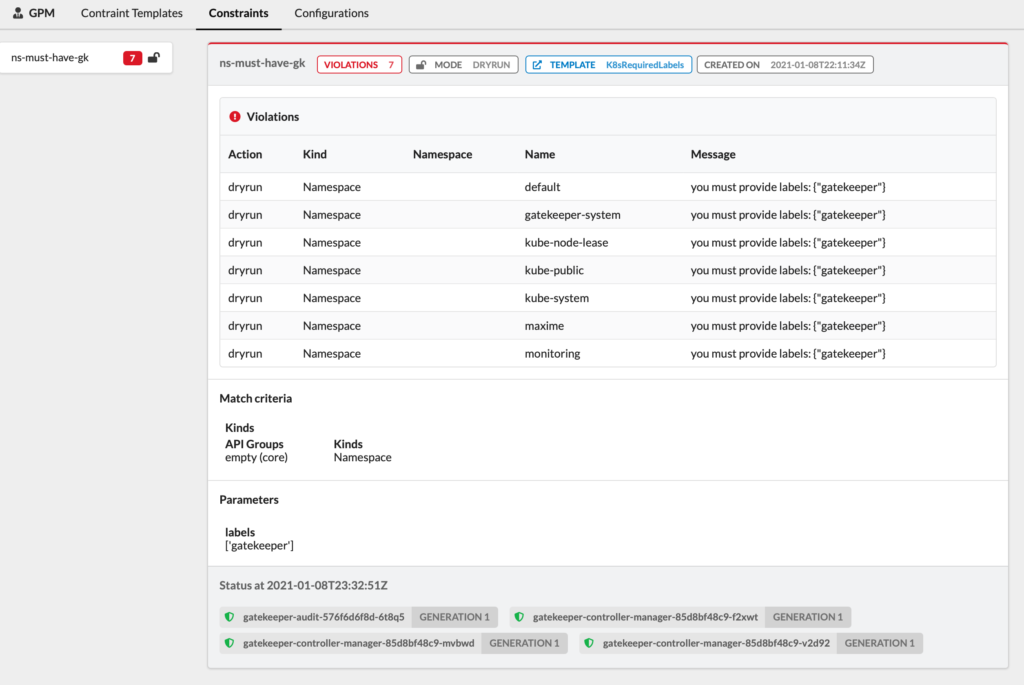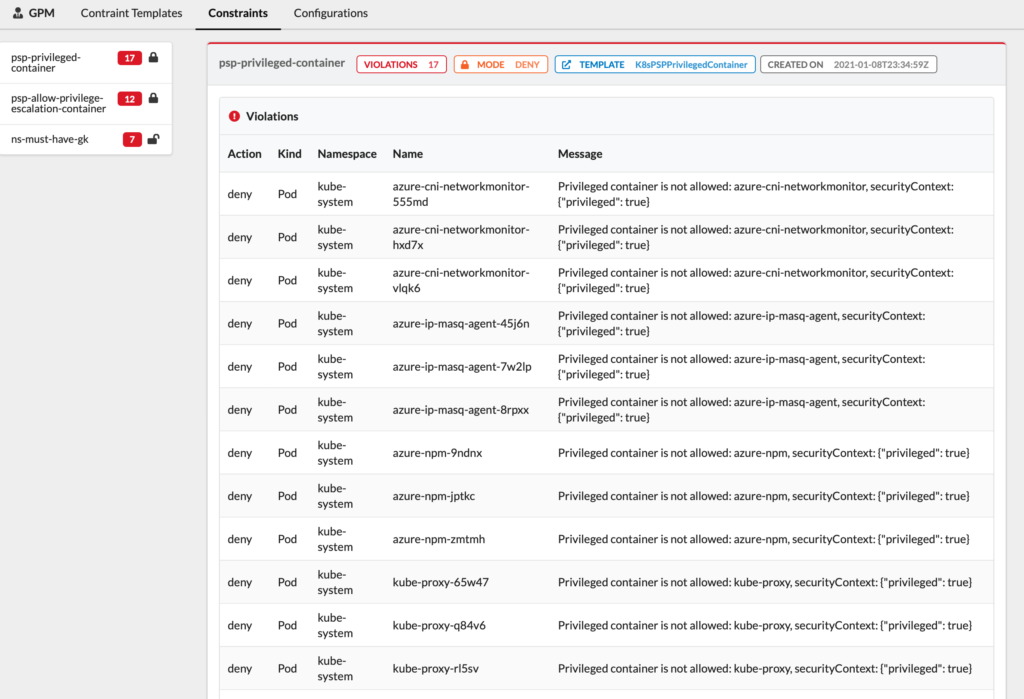Hi!
I had the pleasure to be speaker for The Azure Group (Toronto, Canada) for a session about Azure Defender.
Please find below my slides:
 Loading...
Loading...
Video recording: https://lnkd.in/epbR6qn
Do not hesitate to reach me if you have any questions.
Maxime.


